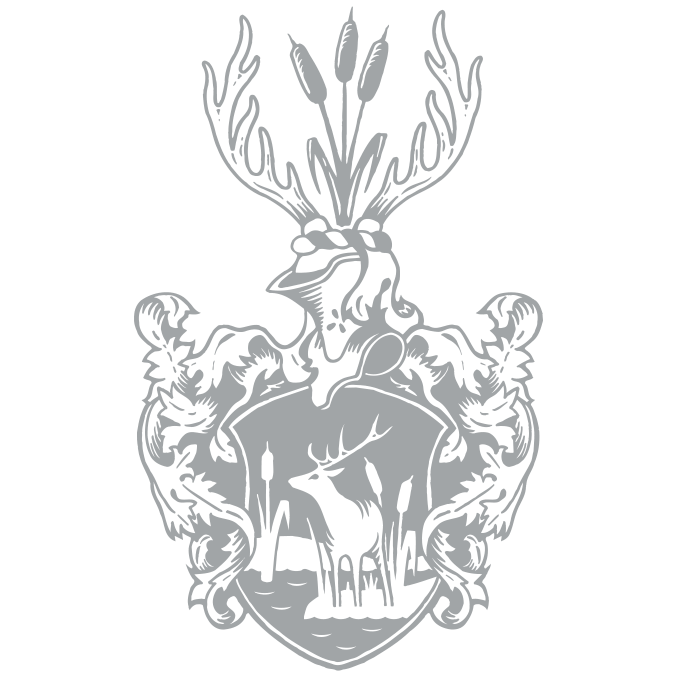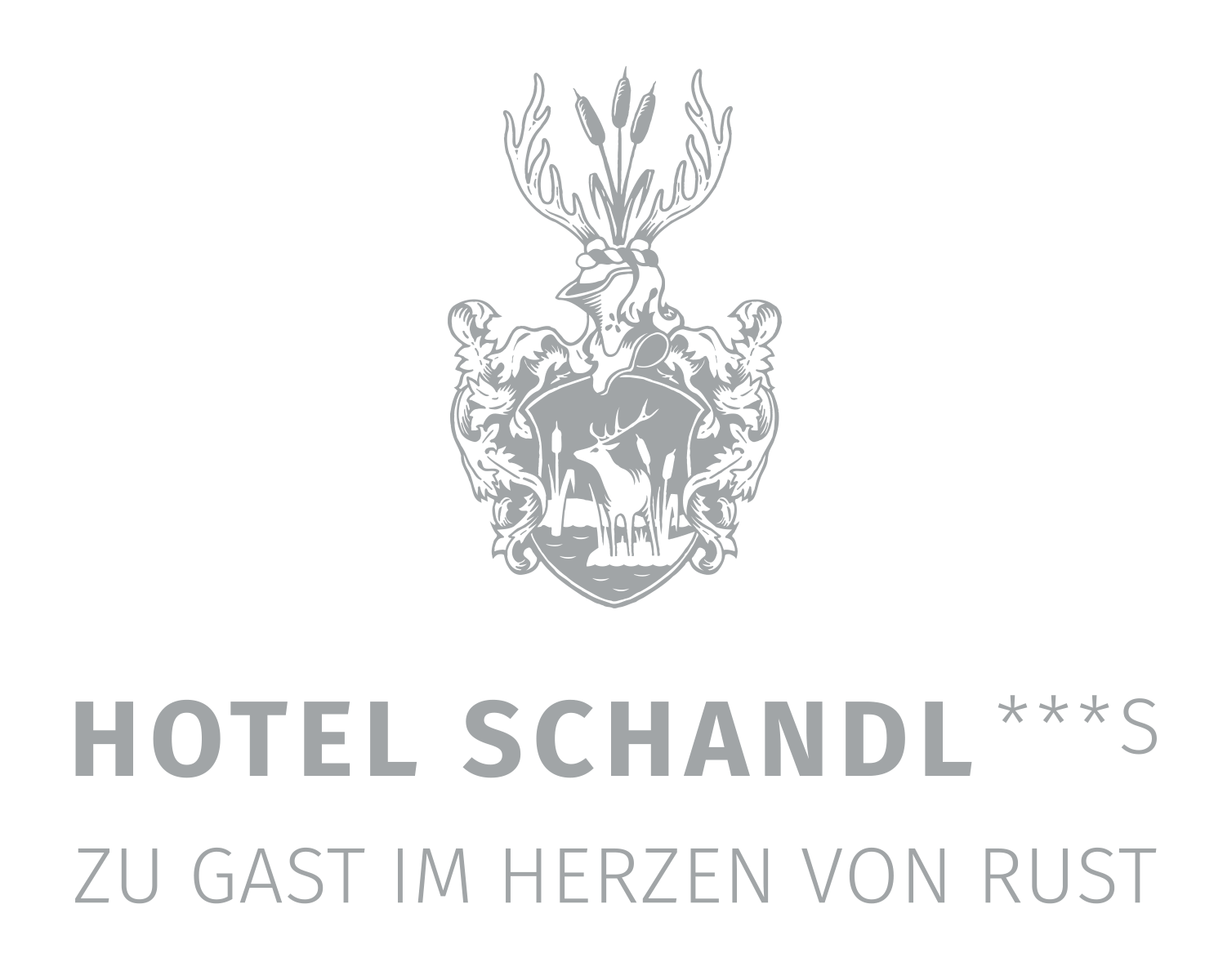DIE FREISTADT RUST – EINZIGARTIG IN DER REGION NEUSIEDLER SEE
MEHRFACH ZUR SCHÖNSTEN STADT BURGENLANDS GEWÄHLT
Die Freistadt Rust ist mit knapp 2.000 Einwohnern die kleinste Stadt Österreichs mit eigenem Stadtstatut. Erstmals urkundlich erwähnt 1317, erhielt Rust 1470 das Marktrecht und 1524 das verbriefte Recht ein R in die Weinfässer zu brennen. 1681 erfolgte der Freikauf (60.000 Goldgulden und 500 Eimer entspricht 30.000 Liter Wein, ein Ausbruch der Sorte Furmint) von der Herrschaftsuntertänigkeit.
Eingebettet zwischen den Weinbergen des Ruster Hügellandes und dem Neusiedler See glänzt im historischen Kern ein malerisches Ensemble liebevoll gepflegter Bürgerhäuser aus dem 16. bis 19. Jahrhundert. Geschützt durch die Haager Konvention und mehrfach zur schönsten Stadt des Burgenlandes gewählt, wurde die Freistadt Rust 1975, zu einer Modellstadt der Denkmalpflege gekürt. Eine Reihe historisch wertvoller und schützenswerter Bauwerke, wie beispielsweise die drei Kirchen, das Rathaus, der Seehof, der Pulverturm oder das alte Torwächterhaus – um nur einige zu erwähnen – geben dem Stadtbild ebenso wie die zahlreichen Storchennester auf den Dächern seinen einzigartigen und unverwechselbaren Flair.
Modellstadt der Denkmalpflege
Neben den Störchen, die alljährlich von Mitte März bis Mitte August das Stadtbild prägen, gehört der Weinbau seit Jahrhunderten unverwechselbar zur Freistadt Rust. Nach wie vor wird traditionsreicher Weinbau betrieben, der oft mehrere Generationen zurückreicht. Das einzigartige Mikroklima des Neusiedler Sees, die unterschiedlichen Bodenstrukturen und Höhenlagen der Weinrieden schaffen ein Umfeld, das Grundlage für eine Weinvielfalt ist, die kaum sonst wo zu finden ist.
Die vielfältige Genusskultur spiegelt sich in den über 40 Gastronomiebetrieben wieder. Der kulinarische Querschnitt reicht von bodenständigen Buschenschenken bis hin zu gehobener Haubenküche. Dabei können die Ruster Gastronomen aus einem reichhaltigen Angebot von regionalen Zutaten der Region Neusiedler See schöpfen, natürlich begleitet von den Weinen der Ruster Winzer.


